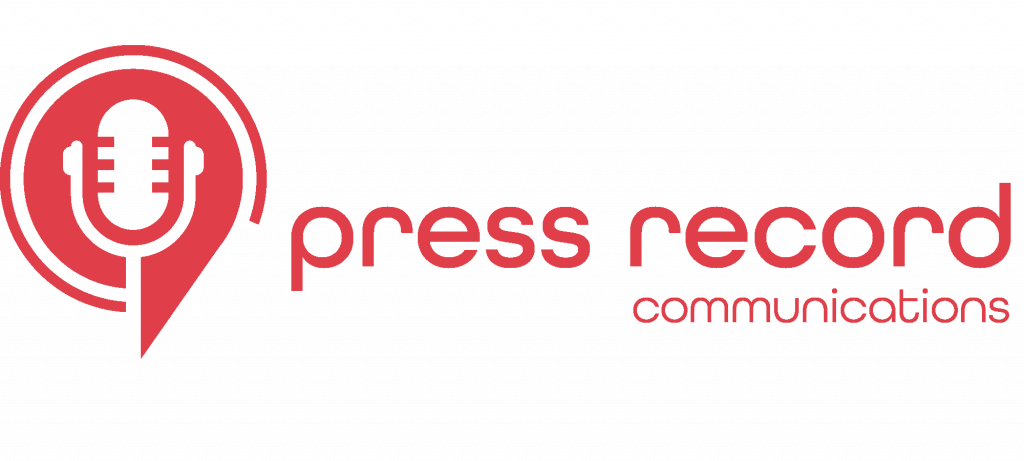Learn About the Challenges of Media Contact Databases, and Ways to Navigate Around Them to Avoid Media List Disaster
Media lists are often being built with the help of third-party media contact databases – such as those offered by names like Cision – which have revolutionized the time it takes for PR and marketing professionals to identify media contacts. While these platforms are welcomed by busy and stressed comms pros, it’s important to point out the limitations and downsides associated with these platforms, especially given the level of trust we – and by extension, clients – put into their capabilities.
Challenges with Media Databases
To conduct effective media relations – whether it’s attempting to build a list of friendly media contacts or securing valuable coverage around a company announcement or pitch – PR and marketing professionals cannot rely on these vast databases. Here are a few reasons why:
Media Databases Can Be Severely Outdated – If you audited a media list built by a database, you might be shocked to see a discrepancy between what a reporter actually covers and a coverage focus that’s listed in their database profile. Some profiles don’t even indicate that a journalist has switched beats or changed jobs, meaning that the reporter will immediately disregard your message or not even receive it if the platform doesn’t have their updated information.
Databases Aren’t Specific Enough – Let’s say that you’re looking to find technology reporters that cover the business of social media companies. Your database may show you a large number of tech reporters you can reach out to. However, these reporters cover emerging technology like artificial intelligence, or even advertising technology. Many platforms just aren’t capable of instantly catering to your needs. It takes an added investment of time to make them work for you.
Where’s the Personalization? – Working off of along media list makes it challenging to cater pitches to your contacts. Media professionals can tell instantaneously when they’re receiving a generic email – similar to how consumers know that they’re getting spammed by brands. For some news – such as a heads-up or FYI that might not warrant coverage – this might be fine, but if you’re looking to receive earned coverage, tailoring your pitch to your target reporter can go a long way.
Solution: Achieving High Caliber Media Lists
With this in mind, communications professionals should spend time and effort on building media lists that they know are accurate. You can absolutely use a database as a guide for your research, but here are a few ways that you can take the next step, and ensure that you’re building a quality media list:
Check Out Independent Sources to Verify – One way to avoid media list disaster is to use resources like LinkedIn to check your database’s work. LinkedIn is a great resource that journalists usually keep up to date with their current job and beat. Additionally, Twitter is a valuable platform to identify what reporters are talking about. Their profile is usually updated as well since their stories usually point to their profiles.
Read Previous Articles – This seems pretty obvious when researching potential journalists to pitch, but it bears repeating: read as much of reporters’ recent work as possible. Not only will this help you to determine whether they are an appropriate contact, but you can also learn more about what peaks their interest based on their articles’ content and headlines. Seeing how they write can help you with pitch development – do they like certain words or phrases, have a dry sense of humor?
Keep a Master Media List – Media list building should be an iterative process of adding and deleting contacts. Changes happen fast in the media world – reporters move outlets or beats at the drop of a hat – so it’s important to continually capture this information. Additionally, whether on a spreadsheet or through a CRM, make sure to include notes of pitches sent, feedback received, and other details of your relationship with these contacts that are worth noting – especially if you are working across a large team where this information would be relevant to colleagues.
To learn more about Press Record Communications and how we can help with your public relations and marketing needs, we invite you to visit pressrecord.co, follow us on LinkedIn, sign-up for our newsletter, or contact us with any questions!


